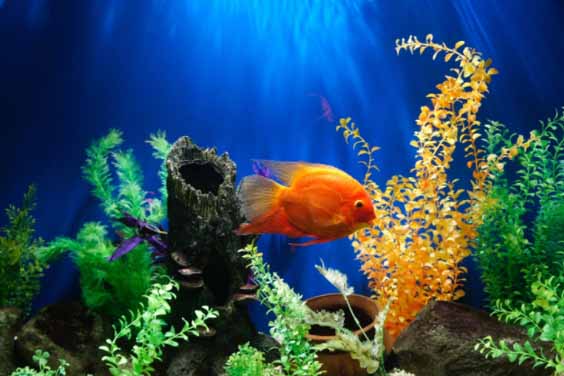
Source: Unsplash
Having an aquarium is a great investment given that there are so many benefits attached to it. This aquarium however comes with the responsibility to always keep it clean and ensure that the fish are healthy.
To promote a clean and healthy environment for your fish, your aquarium has to incorporate a filter. The filters in the aquarium are used to get rid of excess food, fish waste, and dirt particles from the water tank.
This means that you need to invest in quality filters that will get the job done right. These filters also come with filter media. The filter media used is the reason for the separation of particles from the water.
They are a portion of the filtering system that helps make sure that your water is always clean. There are different types of filter media used for different aquaria. Here is an overview of all you need to know:
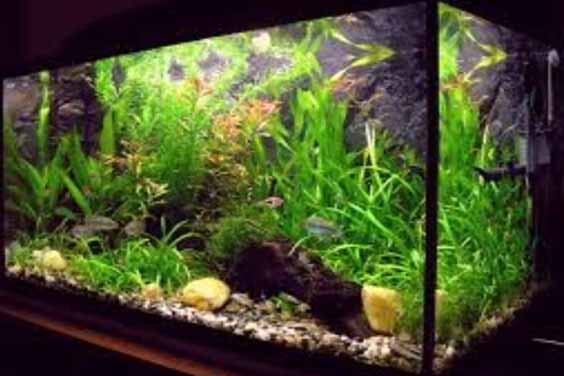
Source: Wikipedia
Freshwater aquaria feature freshwater aquatic organisms being kept for various reasons. These organisms range from fish, plants to crustaceans.
With these organisms, the filter media used is meant to be mindful of preserving life and keeping the water clean always. Here are a few aquaria filter media that can be used.
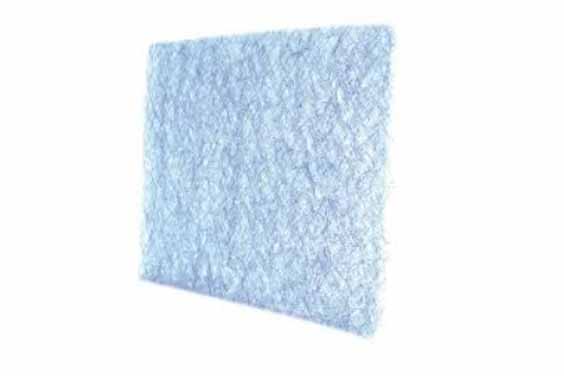
Source: grainger.com
When the water is passed through the filter, it is directed toward the mechanical media. The mechanical media then holds on to the unwanted particles and solid waste. The rest of the water is then allowed to flow through being clean.
After the waste has been collected on the media, you then take it out and run some water through it to ensure it is clean and all the particles are out. If the filter media is in good shape then you can return it to the water. However, if you notice that it is worn out you should consider replacing it.
Mechanical media comes in three different types. They include:
Filter pads: These pads are mostly found on cartridges used in hang-on-back(HOB) filters. They have no distinct features but they do collect debris as required.
Foam blocks: Foams are mostly used in aqua clear HOB filters and canister filters. These foam blocks are perfect because they get the job done right and can be used for a long time. This saves you money by not having to regularly replace them.
These foams come in three types that feature coarse, medium, and fine pores. The coarse pores will filter out bigger debris, the medium pores will work best on smaller particles while the fine pores will only handle the fine particles that would otherwise slip through the other pores.
Filter floss: Filter floss is a great addition as a water polisher to get all the fine particles out. They are mainly used on canisters. In place of filter floss, you can also consider investing in 100% polyester pillow stuffing. This stuffing will do the same job when packed in the canister right.
They are cheaper to purchase.
Requires you to constantly clean and replace them
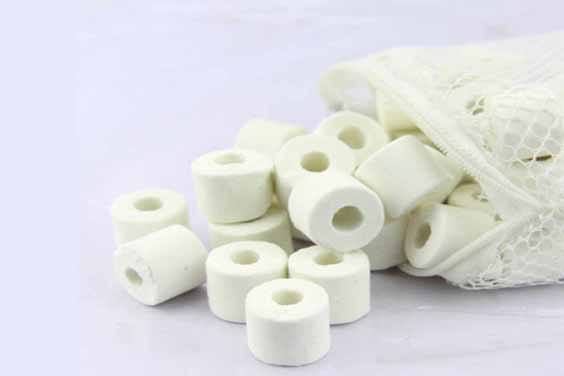
Source: aliexpress.com
This media involves using bacteria to remove the ammonia and nitrates produced by fish in the water. If this ammonia and nitrates are left unattended to they may result in the poor health of your fish and other aquatic life.
The bacteria in the biological media feed on the ammonia and nitrates until they are depleted. The biofilter media used provides the perfect breeding ground for bacterial colonies to reproduce.
When using this filtration, the water is separated from the ammonia and nitrate to ensure it is left clean and safe. However, it is important to note that with the presence of other unwanted particles and debris, you’ll have to also use mechanical media.
Mechanical media will filter the particles and avoid having your biological filter media clogged. When installing, some of the biological media come incorporated in a filter.
A great example is the ceramic filter ring that features these biological media making it easier to install in your fish tank. However, you might have to get your biofilter which you can then place in the chamber it is intended to be in.
Working with this media you need to keep an eye on your bacteria colonies to ensure they don’t die. Follow your manufacturer’s instructions on maintaining it.
Biological media is long-lasting and does not require frequent replacement.
Involves little to no effort when it comes to maintenance.
Requires you to also include mechanical media in your filtration system.
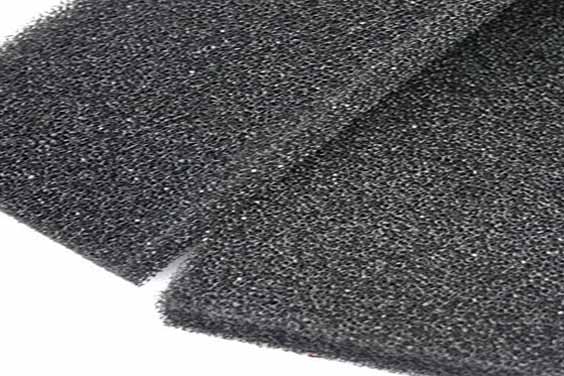
Source: modestfish.com
Chemical media is used quite sparingly because of its effect on water plants and corals. It involves using different types to dissolve organic matter and other unwanted elements. They work effectively to ensure that water quality is maintained.
These chemical media are either installed in a power filter or put inside a simple bag. The water then powerfully passes through the media where the impurities are absorbed.
After some time, you’ll need to replace the media used to ensure there is a smooth flow of filtration. You can choose to either follow your manufacturer’s instructions or remove it once you notice that there’s no more action.
Offers a variety of options that cater to different problems.
Requires consistent maintenance and replacement of media.
Chemical media comes in 3 types. These types work in different ways to ensure that your water is kept clean. They include:
New carbon will work better than old carbon this is why you need to make sure you stick to using activated carbon each time. Carbon comes with a lot of microscopic pores that allow it organic and inorganic matter to stick on to them.
Most aquaria are prone to having a discoloration problem due to the occurrence of too many dissolved compounds in the water. If left unattended, this discoloration could inhibit light from reaching your fish and plants. Using carbon will help remove the Discolorants leaving your water clean, and clear.
Carbon is also used to remove antibiotics and other drugs used in treating the aquarium. To take full advantage of this, remove the carbon and get your aquarium treated. Once that is done, introduce the carbon to remove any excess medication.
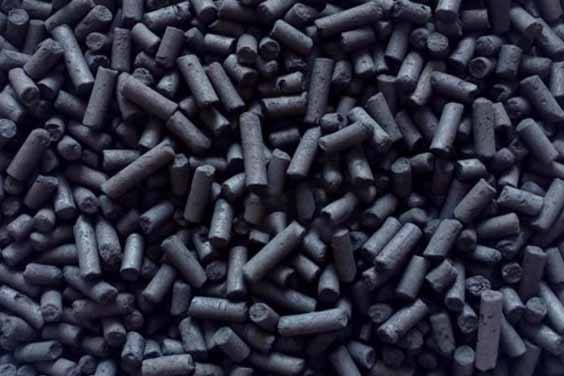
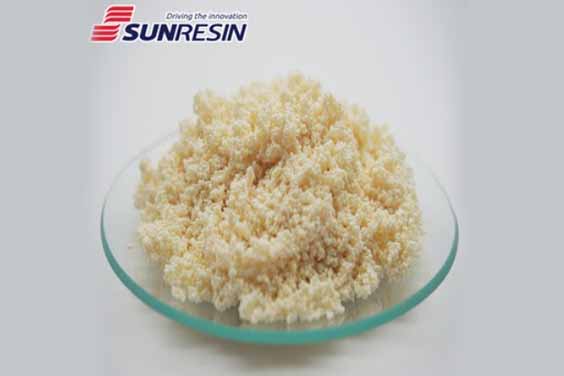
Resins are not as commonly used as their counterpart. However, this is slowly changing as more people get to see how convenient they are. One of the resins is the Seachem Purigen which absorbs nitrogen compounds from the water.
Using this resin is very convenient because it turns color as it works to remove the water impurities. It is naturally white and gradually changes to a dark brown color. This helps you determine when to remove it and replace it with another.
The best part about it is that you can clean it and use it again. All you need to do is soak it in bleach and then transfer it to a dechlorinating solution. This will leave the resin charged to be used once again.
This is a pad that helps remove all the unwanted matter in your water. It is quite similar to the Purigen in that it changes color from white to dark brown as it gets exhausted.
When it gets to this point, you’ll have to replace it with a new pad. It works best on neglected aquaria to get all the impurity with ease.
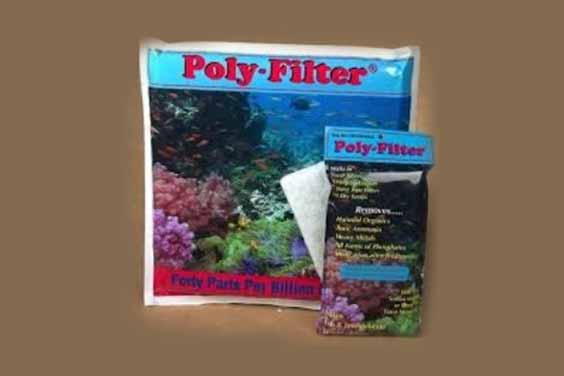
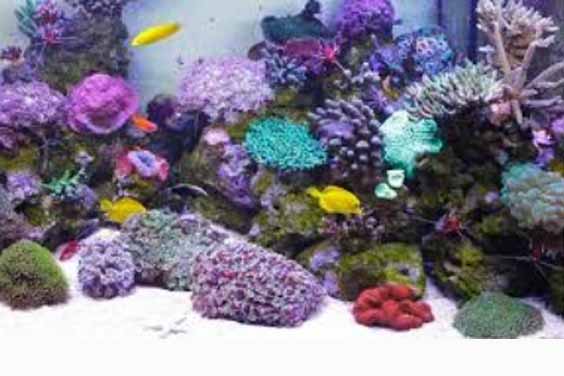
Source: israel.desertcart.com
Marine aquaria feature plants and animals that are kept in salty water for their survival and prosperity. These aquaria are different from the freshwater aquaria seeing as they require more investment to make the water clean. They require consistent maintenance to ensure the inhabitants are in a conducive environment.
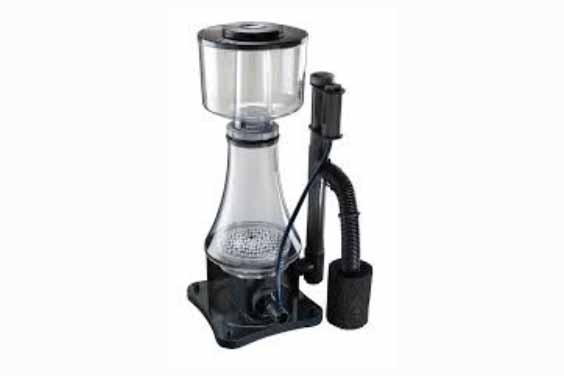
Source: petco.com
Mechanical filter media generally works the same as with the freshwater aquaria to get rid of unwanted particles and debris.
You have the option of either investing in filter pads, filter sponges, or filter socks. With all these options you’ll have to regularly take out your filter to ensure that you clean it to remove the debris that has collected.
This media also involves the use of protein skimmers. This is where it greatly differs from the use in freshwater aquaria. Protein skimmers work to remove unwanted particles and proteins from the water.
They use tiny air bubbles to remove waste and other particles before they are dissolved into toxic elements. This leaves your water clean and also boosts oxygenation significantly promoting a healthier environment for your aquatic life.
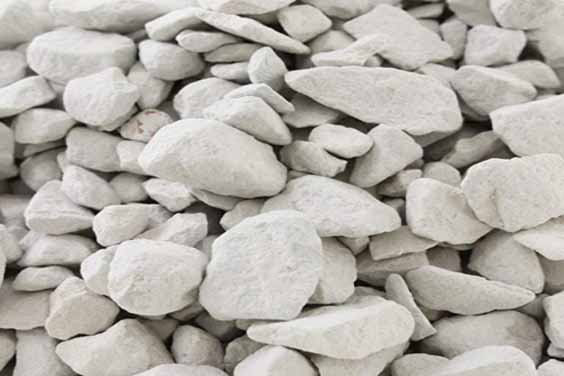
Source: petco.com
When your aquatic life produces waste, it turns into ammonia that can easily affect your water quality if left unattended. This is why biological media is so important. It helps break down the ammonia into a less harmful substance that will not affect your fish.
With marine aquaria, you have the option of using traditional filters like the aquarium ceramic ring or using stone and sand. Both methods work well to achieve the objective at hand. However, more people are embracing the use of stone and sand since they provide a bigger surface area.
This surface area is where the bacteria can breed and grow into colonies to help rid your aquarium of harmful toxins.
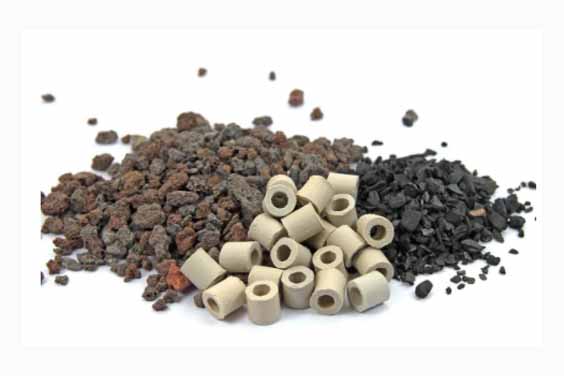
Source: petco.com
This media features the use of carbon, GFO, and poly filters. They help get rid of unwanted material by breaking them down into harmless particles.
They help remove harmful chemicals that are produced by corals that may negatively affect other inhabitants.
They also help reduce phosphates that result in algae growth and stunted coral growth. These media work to ensure that the aquatic life is in a position to prosper and stay healthy.
Now that you know the uses of different filter media and their advantages, you can make an informed decision on which you’d prefer to use.
As you’ve seen they perform different tasks employing different methods. This means that you’ll need to assess your filtration problems and find a media that will help solve them.
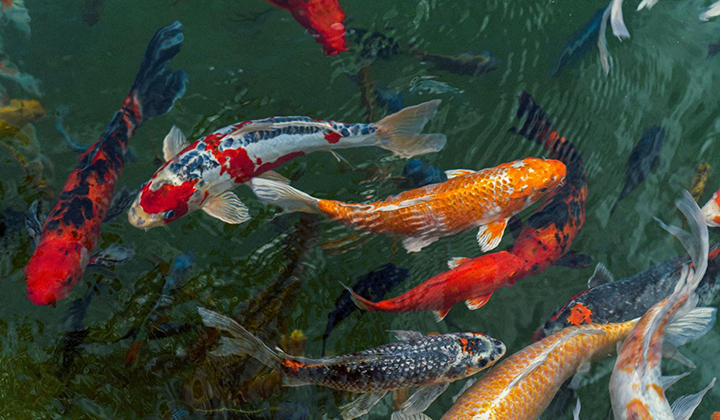
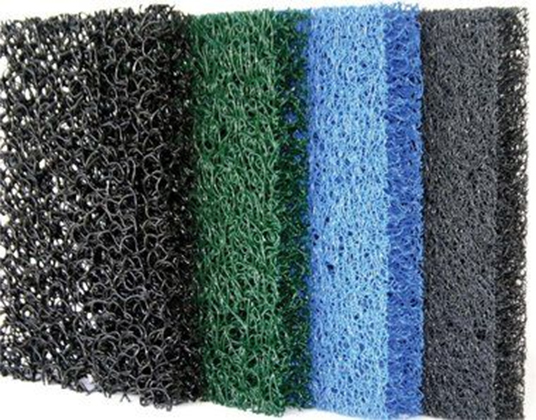
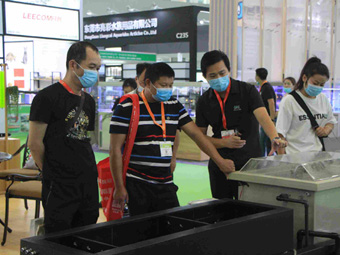

Leave a Reply